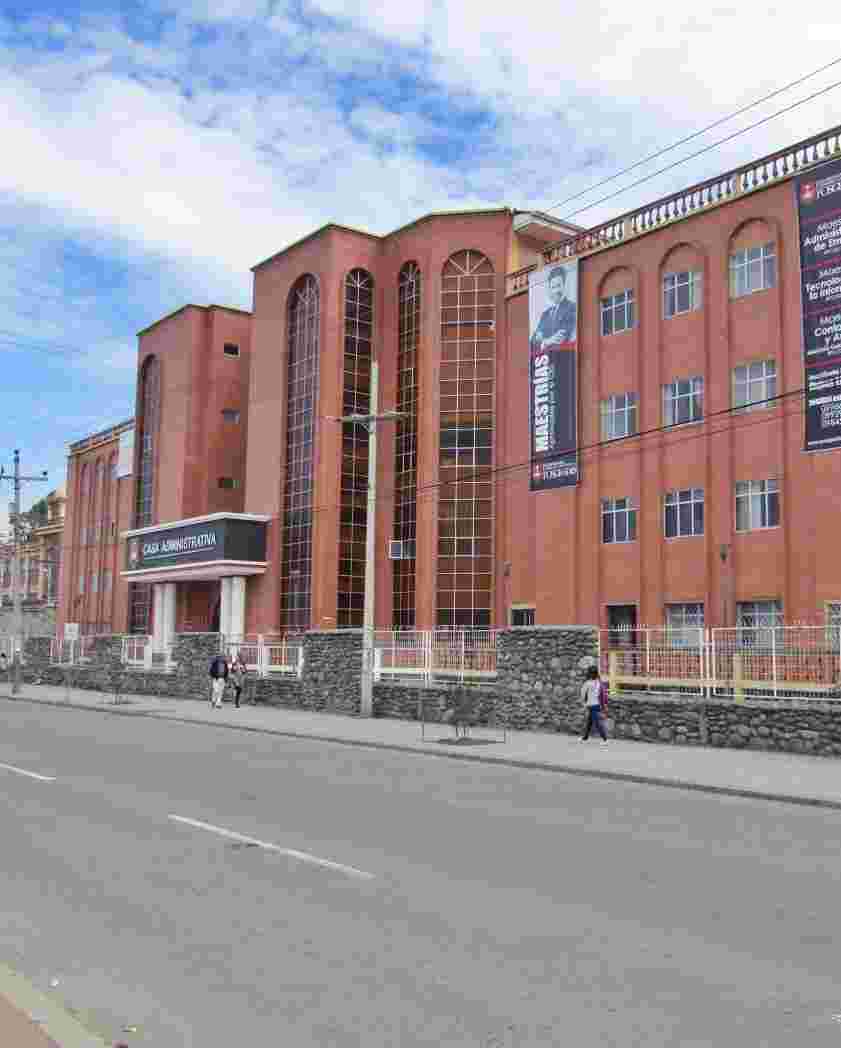Relación entre la edad cronológica y la calcificación dental del tercer molar inferior mediante el método de Demirjian, en radiografías panorámicas, Azogues 2018-2023.
Cargando...
Fecha
Autores
Título de la revista
ISSN de la revista
Título del volumen
Editor
Universidad Católica de Cuenca.
Resumen
The estimation of chronological age through analysis of the third molar constitutes a reliable and relevant method in forensic dentistry and legal medicine. The Demirjian method is widely used to assess dental maturation. OBJECTIVE: This study aimed to determine the relationship between chronological age and dental calcification of the left and right third molars using the Demirjian method on panoramic radiographs. METHODS: Field research with a quantitative approach and a retrospective descriptive design was conducted. A total of 868 digital panoramic radiographs were analyzed to assess the maturation of teeth 3.8 and 4.8; the sample included 408 males and 460 females, aged 7 to 24 years. Sampling was purposive, selecting radiographs that included both lower molars. Analysis was performed in JASP v0.95.0.0 using descriptive and inferential statistics: χ² for association by sex, Student’s t-test and Mann–Whitney U test depending on normality, and Spearman’s rank correlations, with p<0.05. RESULTS: Demirjian stages showed age progression: 3.8 from 9.1 ± 1.0 (A) to 21.8 ± 1.6 (H) and
4.8 from 9.5 ± 2.2 to 21.8 ± 1.6, with concentration in stage G (mean 20 years). The correlation between 3.8 and 4.8 was very high (rs = 0.953). Significant sex differences were identified in stages C, G, and H (both teeth) and stage A (3.8), with a female predominance. Between stages A–C, subjects averaged 12 years; D–E averaged 18 years; and F–H were adults older than 18. The probability of being < 18 years in stages A–C ranged from 100% to 99.18%. Conversely, in advanced stages G and H, the probability of being ≥ 18 years was 94.56% (3.8) and 94.54% (4.8). CONCLUSIONS: Mineralization of the lower third molars evaluated using the Demirjian method allows reliable estimation of the majority age. Advanced stages increase the probability of being
≥ 18 years. The bilateral correlation confirms the consistency of dental development and supports its forensic application.
Keywords: chronological age, third molar, Demirjian.
Descripción
La estimación de la edad cronológica a través del análisis del tercer molar constituye un método fiable y relevante en odontología forense y medicina legal. El método de Demirjian es ampliamente usado para valorar la maduración dental. OBJETIVO: Determinar la relación entre la edad cronológica y la calcificación dental en terceros molares izquierdos y derechos mediante el método Demirjian, en radiografías panorámicas. METODOLOGÍA: Investigación de campo con enfoque cuantitativo y diseño descriptivo retrospectivo. Se analizaron 868 ortopantomografías digitales para evaluar la maduración de 3.8 y 4.8; la muestra incluyó 408 hombres y 460 mujeres, de 7 a 24 años. El muestreo fue intencional, seleccionando radiografías con ambos molares inferiores. El análisis se realizó en JASP v0.95.0.0 mediante estadística descriptiva e inferencial: χ² para asociación por sexo, t-Student y U de Mann–Whitney según normalidad y Spearman para correlaciones, con p<0,05. RESULTADOS: Los estadios de Demirjian mostraron progresión etaria: 3.8 de 9,1 ± 1,0 (A) a 21,8 ± 1,6 (H) y 4.8 de 9,5 ± 2,2 a 21,8 ± 1,6, con concentración en estadio G (promedio 20 años). La correlación entre 3.8 y 4.8 fue muy alta (rs = 0,953). Se identificaron diferencias significativas por sexo en estadios C, G y H (ambas piezas) y A (3.8), con predominio femenino. Entre estadios A–C predominan sujetos con promedio 12 años; D–E con 18 años y F–H adultos mayores de 18. La posibilidad de ser < 18 años en los estadios: A-C fue entre 100% y 99,18%. Por su parte, en estadios avanzados G y H la probabilidad de ser ≥ 18 años es de 94,56% (3.8) y 94,54% (4.8). CONCLUSIONES: La mineralización de terceros molares inferiores evaluada con Demirjian permite estimar con fiabilidad la mayoría de edad. Los estadios avanzados incrementan la probabilidad de ser ≥18 años. La correlación bilateral confirma la consistencia del desarrollo dental y respalda su aplicación forense.
Palabras clave
EDAD CRONOLÓGICA, TERCER MOLAR, DEMIRJIAN.
Citación
Torres Ocampo,B.A. (2025) Relación entre la edad cronológica y la calcificación dental del tercer molar inferior mediante el método de Demirjian, en radiografías panorámicas, Azogues 2018-2023.




